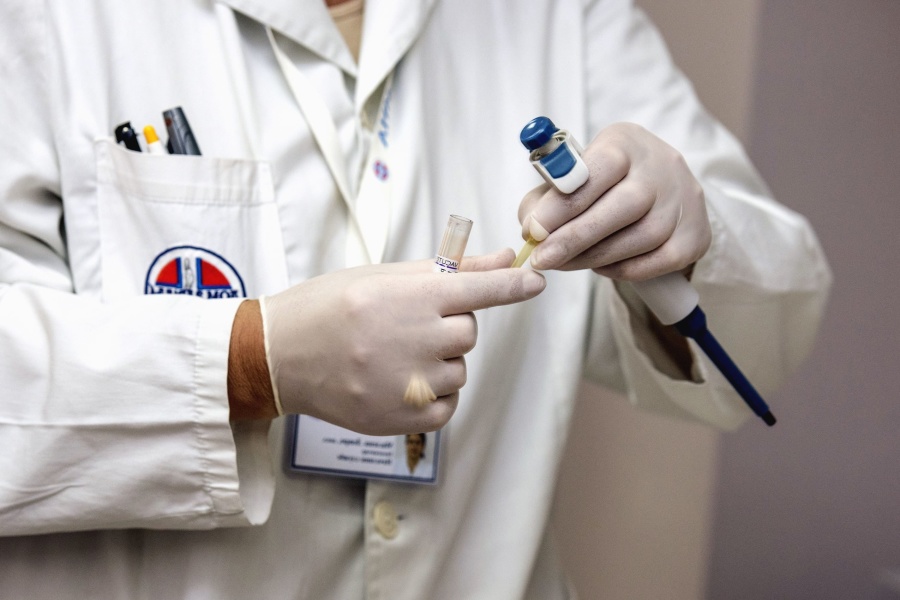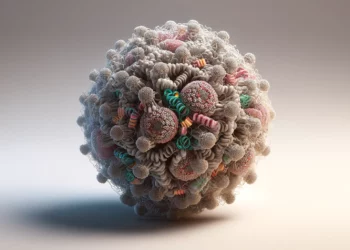We all have Schrodinger’s virus right now.

As the coronavirus is sweeping through the United States (as well as the rest of the world) with ungodly fury, much of our efforts to suppress the pandemic is tied to testing. Shortages of test kits and trained personnel have created a bottleneck in many areas, which are now left behind confirming new cases. To make matters worse, a negative test doesn’t necessarily mean a person is safe. As many as 30% of field tests may return false negatives, according to recent reports in scientific journals and the media.
A negative test doesn’t necessarily mean you don’t have the disease
Dr. Anthony Fauci, the tireless infectious disease expert that is often seen briefing on the COVID-19 situation alongside President Trump, said that we can’t know for sure how many Americans are infected or can get infected in the future until we test more. This underreporting is not only due to shortages but also poor test performance.
Many doctors have reported suspicious activity with their testing after they’ve seen patients who clearly have COVID-19 symptoms turn out negative.
According to Harlan Krumholz, a Yale University medical professor, coronavirus tests may have a high rate of missed infections. He goes on to say that if you have coronavirus symptoms but are informed that the test is negative, you should assume you have COVID-19 and take appropriate precautions.
The good news is that if a turns out positive, you can be certain you have COVID-19.
A study performed by Chinese researchers at one of the largest hospitals in Wuhan analyzed test results for over 1,000 COVID-19 cases. They found that about 30% of the patients who initially tested negative for COVId-19 were later found to be infected with the virus using other diagnostic methods like chest CT scans.
The most commonly used COVID-19 test is known as RT-PCR, short for “reverse transcription-polymerase chain reaction”. It’s the same type of test that doctors use to diagnose HIV, measles, and mumps.
COVID-19 testing is almost 100% accurate at detection when working with samples in a controlled laboratory setting. The real world is a whole different ballgame, though.
The error is likely due to how specimens are collected for analysis and the risk of contamination from the site of sample collection to the analysis facility.
When a person is tested for COVID-19, it all starts with a healthcare worker inserting a long swab into the nostrils, which is pushed up the nasal cavity as far as it will go. The swab must be twisted back and forth to gather as much fluid and cells possible.
It’s an invasive procedure that can be highly uncomfortable and even painful. Patients often squirm so the probe might not far enough to get a good sample. In fact, if it didn’t hurt during the sample collection phase, the test will probably not work.
These samples then need to be analyzed within 72 hours of collection otherwise they’re invalid. The virus simply can’t remain viable for long without a host.
Writing in the Journal of the American Medical Association, a group of Chinese researchers have suggested that a more reliable analysis sample might be fluid that had been washed out of the lower lung and coughed-up phlegm. Antibody tests that can tell whether a person had or currently has COVID-19 by measuring the immune system’s response might also be more accurate than standard PCR testing.
At the end of the day, COVID-19 tests are much better at finding coronavirus than at confirming that a specimen is coronavirus-free.
Besides the obvious perils that patients are subjected to when they get back a false negative test, this predicament has important consequences for public health that lack the kind of accurate data they’d need to respond properly to the pandemic.
The takeaway is that coronavirus cases are very underreported and we should all act as we might already have the virus in order to protect those around us, as well as ourselves.
“As we get to the point of at least considering opening up the country, as it were, it’s very important to appreciate and to understand how much that virus has penetrated this society,” Fauci said during a TV appearance on CNN last Friday.
“Because it’s very likely that there are a large number of people out there that have been infected, have been asymptomatic and did not know they were infected.”






